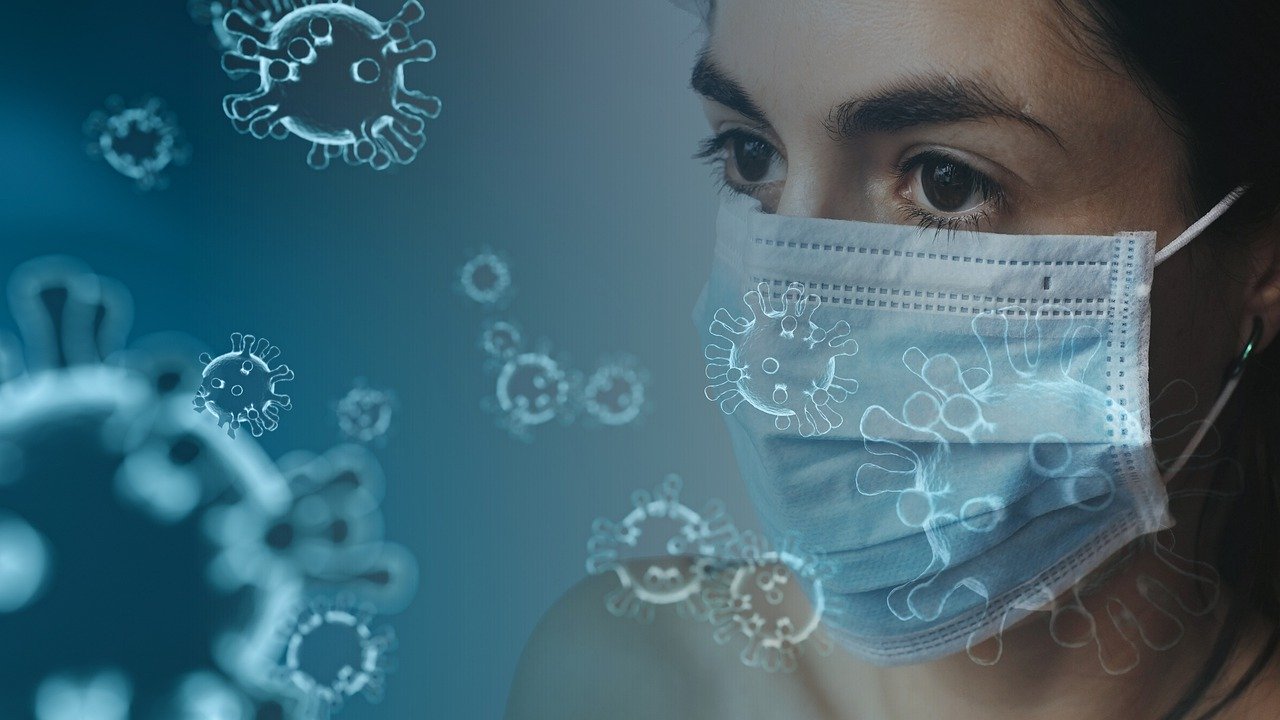In March 2020 researchers from Imperial College and University of Oxford in the UK and Utrecht University and the National Institute for Public Health and the Environment in The Netherlands published an article which looked at what is known so far about coronavirus and also gave suggestions on what could be done to minimise its spread and its impact. They concluded that how an individual responds to government advice on preventing the spread of COVID-19 is at least as important, if not more important, than government action.
The researchers stated that “Completely preventing infection and mortality is not possible, so this is about mitigation. Our knowledge and understanding of COVID-19 will change over time, as will the response. High quality data collection and analysis will form an essential part of the control effort. Government communication strategies to keep the public informed will be absolutely vital.”
Although vaccine development is already underway, it will be sometime before a vaccine can be mass-produced. Therefore, social distancing is the most important measure, and for this to be effective an individual’s behaviour key. This includes early self-isolation and quarantine, seeking remote medical advice and not attending large gatherings or going to crowded places. The virus seems to largely affect older people and those with existing medical conditions, so targeted social distancing may be the most effective. School closure, a major response during the pandemic of influenza A, is unlikely to be effective given the apparent low rate of infection among children, although data are scarce. Avoiding large gatherings of people will reduce the number of super-spreading events; however, if prolonged contact is required for transmission, this measure might only reduce a small proportion of transmissions.
The aim of these social distancing measures is to “flatten the curve” of the infection, slowing the spread and avoiding a huge peak in the number of new infections. Flattening the curve can avoid overwhelming health services, keep the impact on the economy to within manageable levels and effectively buy more time to develop and manufacture effective vaccines, treatments and anti-viral drug therapies. Ideally, the Government has to minimise morbidity and associated mortality, avoiding an epidemic peak that overwhelms health-care services, keeping the effects on the economy within manageable levels, and flattening the epidemic curve to wait for vaccine development and manufacture on scale and antiviral drug therapies. However, not all of these can be achieved so choices have to be made.
The Ebola epidemic in 2014-2015 was used as an example of the importance in not overwhelming the health care services. During this epidemic it was noted that the number of deaths from causes like malaria and childbirth was higher than the number of deaths caused by Ebola itself and this was due entirely to the health services being overwhelmed.
The researchers stated that “Containing the spread of an infectious disease relies on keeping the “reproduction number”, R0, the number of people infected by each infected person, below 1, when the pathogen will eventually die out. If R0 rises above 1, i.e. each infected person infects more than one other person, the pathogen will spread. Early data from China suggests that the R0 for COVID-19 could be as high as 2.5, implying that in an uncontained outbreak, 60% of the population could be infected”. However, there are many unknowns in any new virus and with COVID-19 it is not currently clear how long it takes for an infected person to become infectious to others, the duration of infectiousness, the fatality rate, and whether and for how long people are infectious before symptoms appear. It is also not currently clear if there are cases of COVID-19 which are non-symptomatic.
In comparisons with influenza-A (usual seasonal flu) and SARS, it currently seems likely that the epidemic will spread more slowly, but last longer, which has economic implications. Seasonal flu is generally limited by warmer weather, but as it is not known if this will affect COVID-19, the researchers say it will be important to monitor its spread in the Southern Hemisphere. Researchers will continue to collect and analyse data to monitor spread, while ongoing clinical research into treating seriously ill patients is also necessary.
One of the main priorities for researchers and policymakers will be contact tracing, with models suggesting that 70% of people an individual has come into contact with will need to be traced to control the early spread of the disease. The authors say other priorities include shortening the time from symptom onset to isolation, supporting home treatment and diagnosis, and developing strategies to deal with the economic consequences of extended absence from work.
“Social distancing measures are societally and economically disruptive and a balance has to be sought in how long they can be held in place. The models show that stopping measures after a few months could lead to a new peak later in the year. It would be good to investigate this further.”
https://www.thelancet.com/journals/lancet/article/PIIS0140-6736(20)30567-5/fulltext

